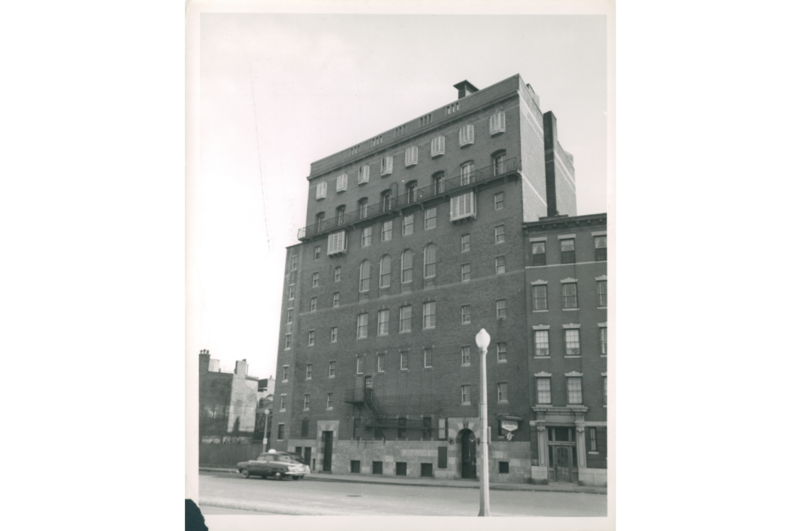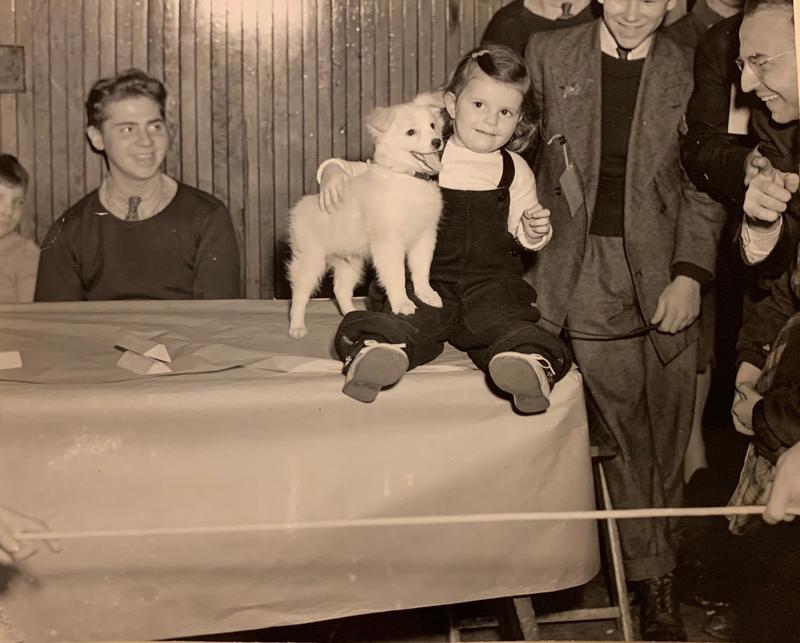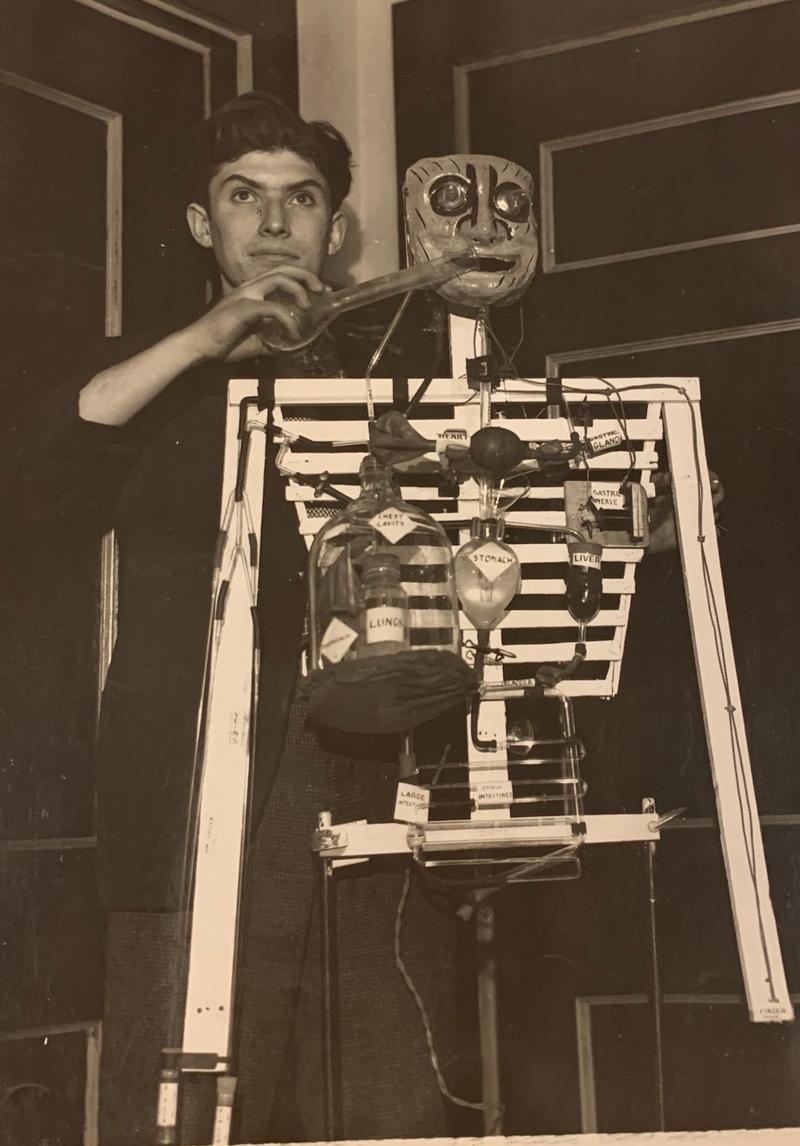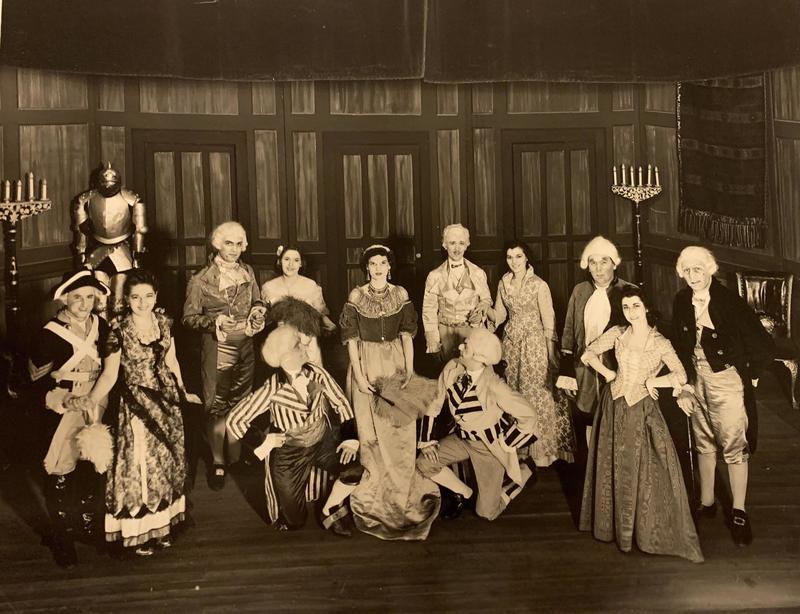More than meets the eye: the Elizabeth Peabody House and Boston’s West End
From the outside, the Elizabeth Peabody House was an unassuming building in Boston’s West End, before the neighborhood was bulldozed in the late 1950s in the name of urban renewal. The facade was plain: just bricks and windows. Looking at the building on Charles Street, a passerby would not expect the bustling community space on the other side of those doors.
By Lilli Thorne
While the facade was unassuming, the interior of the building more closely represented the community of West Enders who resided in the neighborhood. Before its demolition, the West End was home to a vibrant and diverse, multi-ethnic community.
Within the Elizabeth Peabody House, the diverse and mostly working-class community had the opportunity to take classes, partake in clubs, and enjoy other leisure activities. Above is a pet show at the Elizabeth Peabody House, where members brought their pets to display.
This Elizabeth Peabody House member shown above participated in the science department, seeking enrichment and knowledge of scientific systems and anatomy. The science club likely met on the second floor of the house in the “Boy’s Department.” On the fourth floor, the “Girl’s Department” was housed, providing space for dressmaking, millinery, and domestic science.
This photo shows the ornate and thoughtful nature of the drama productions at the Peabody Playhouse, where many dramatic groups held performances. With elaborate costumes and a detailed set, the beauty of the production shines through.
The breadth of activities available at the Elizabeth Peabody House reflected the settlement’s goals of providing the West End neighborhood with wholesome fun, enrichment, education, and community building. The Elizabeth Peabody house sought to bring together a community with shared interests in clubs and drama, in the same way that the West Ender identity brought people together with some semblance of a shared experience and collective identity.
The West End, like the Peabody House, was perceived by outsiders to have a lackluster appearance. Many outsiders thought it to be a slum, but West Enders thought differently. They viewed their neighborhood as a wonderful home, and a complex community. They would encourage us to look past the facade, and really see.
This post was written by Lilli Thorne, a student in the History 380 (Fieldwork) Class at Simmons University. For more information about this class's work studying the history of the West End, see our introductory post to this blog series.





